There can be your advertisement
300x150
Hydroisolation of Bathroom: Step-by-Step Guide
Proper wall and floor preparation in the bathroom before tiling is the key to long-lasting renovation. We explain how to do hydroisolation correctly
Everyone has experienced the situation when you are pouring the floor while taking a shower. It is especially difficult to monitor water leakage if there are children in the family. To avoid becoming a cause of flooding, it is important to carry out hydroisolation of bathroom walls and floor. How to do it properly, we found out from Pavel Grishin, Technical Director of the company «RoomMaster».
Pavel Grishin ExpertTechnical Director of «ROOMMASTER» – a service for apartment repairs.
1. Prepare the Walls for Work
First, treat the surfaces with primer weber.prim multi to improve adhesion and bonding between materials. The surface to which the primer is applied must be dry and clean of dust and dirt — it should be vacuumed and cleaned of visible contaminants.
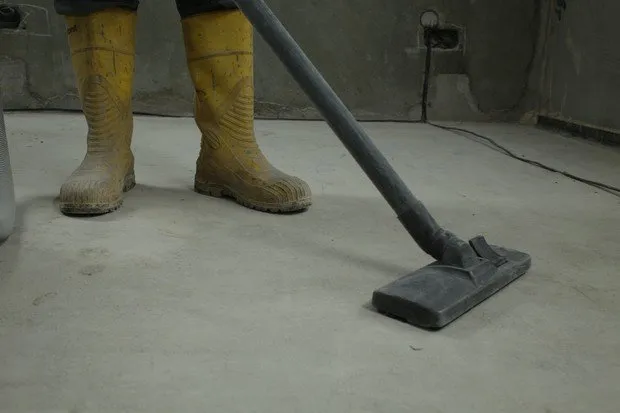
2. Isolate the Corners
It is quite common for cracks to appear at the corners between wall and floor, through which moisture seeps into adjacent rooms. To prevent this, isolate the corners, as well as expansion, joint, and movable joints and material transition zones using elastic waterproof tape weber.tec 828 DB 85 and polymer paste weber.tec 822. Some unscrupulous workers ignore this recommendation and instead use fabric, glass cloth, or even gauze. This is absolutely unacceptable as these materials do not possess hydroisolation properties.
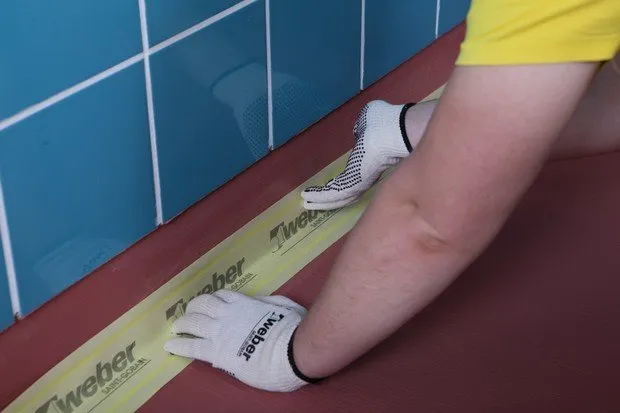
3. Pay Attention to Hard-to-Reach Joints
The area around drain pipes and systems requires close attention. Corners can be formed using weber.tec 828 DB 85 tape, and at connection points of plumbing fixtures, custom gaskets made from hydroisolation tape can be used. The overlap of the tape at the corners must be at least 10 cm to ensure maximum hydroisolation.
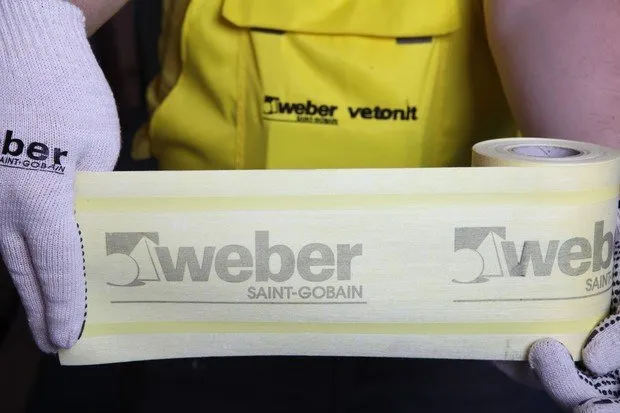
4. Apply Two Layers of Hydroisolation
Apply polymer paste weber.tec 822 in two layers over the entire area of the isolating surface. For checking coverage, it is convenient to use materials in different colors: pink for the first layer, gray for the second. Drying time of one layer is 2–4 hours. The total thickness of the layers after drying should be no less than 0.5 mm. For maximum coverage, apply the layers in different directions: for example, the first layer from right to left, the second from left to right.

5. You Can Now Proceed to Tiling
Tiles can be laid after the hydroisolation coating has fully dried — at least 24 hours.

Additional 3 Tips from the Blogger
Bathroom renovation cannot be done without a hydroisolation step for floor and walls. About how to choose adhesive, hydroisolation solution, and perform the work without mistakes, we learned from blogger Andrew Shaiter.
Andrew Shaiter ExpertProfessional Builder, Video Blogger.
1. Is hydroisolation required for walls when installing a shower corner? According to the technology, it is mandatory: violating this rule makes results unpredictable and may lead to destructions.
2. Can hydroisolation be applied directly onto a gypsum board sheet? Good hydroisolation can be applied to a clean, dust-free surface of the gypsum board without priming. However, in real construction conditions, such situations are rare: intermediate dusty processes may occur during the process. Therefore, I recommend first preparing the surface by priming it to remove dust.
3. Does any tile adhesive stick well with hydroisolation? All tile adhesives have two main tasks: to adhere well to the surface and hold the finishing material. The question is more about hydroisolation than adhesive: theoretically, any quality tile adhesive designed for wet environments can be applied to good hydroisolation. It is also important to consider usage conditions (outdoor or indoor) and specific characteristics: for example, proximity to tram tracks, construction sites (here it is necessary to pay attention to vibration resistance of the material).
More articles:
 What is a Floating Floor Screed and How to Install It Correctly
What is a Floating Floor Screed and How to Install It Correctly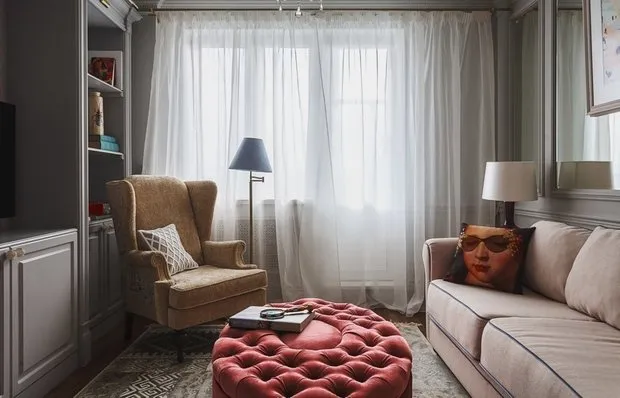 Proper Curtains Choice: 8 Tips
Proper Curtains Choice: 8 Tips 5 Discoveries from the iSaloni Worldwide Moscow Exhibition
5 Discoveries from the iSaloni Worldwide Moscow Exhibition Gypsum Board Ceilings for Kitchen with Photos
Gypsum Board Ceilings for Kitchen with Photos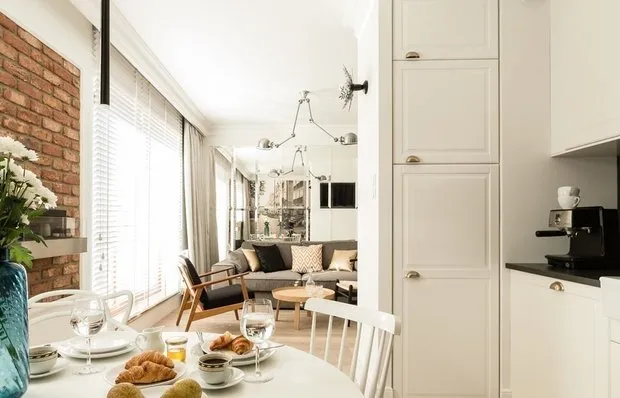 10 Commandments for Owners of Small Apartments
10 Commandments for Owners of Small Apartments Future Oven: The Most Interesting Innovation at IFA 2017 Trade Show
Future Oven: The Most Interesting Innovation at IFA 2017 Trade Show The Only: "Ornate House" on Leningradsky Prospect
The Only: "Ornate House" on Leningradsky Prospect 12 Useful Tips for Owners of Small Kitchens
12 Useful Tips for Owners of Small Kitchens